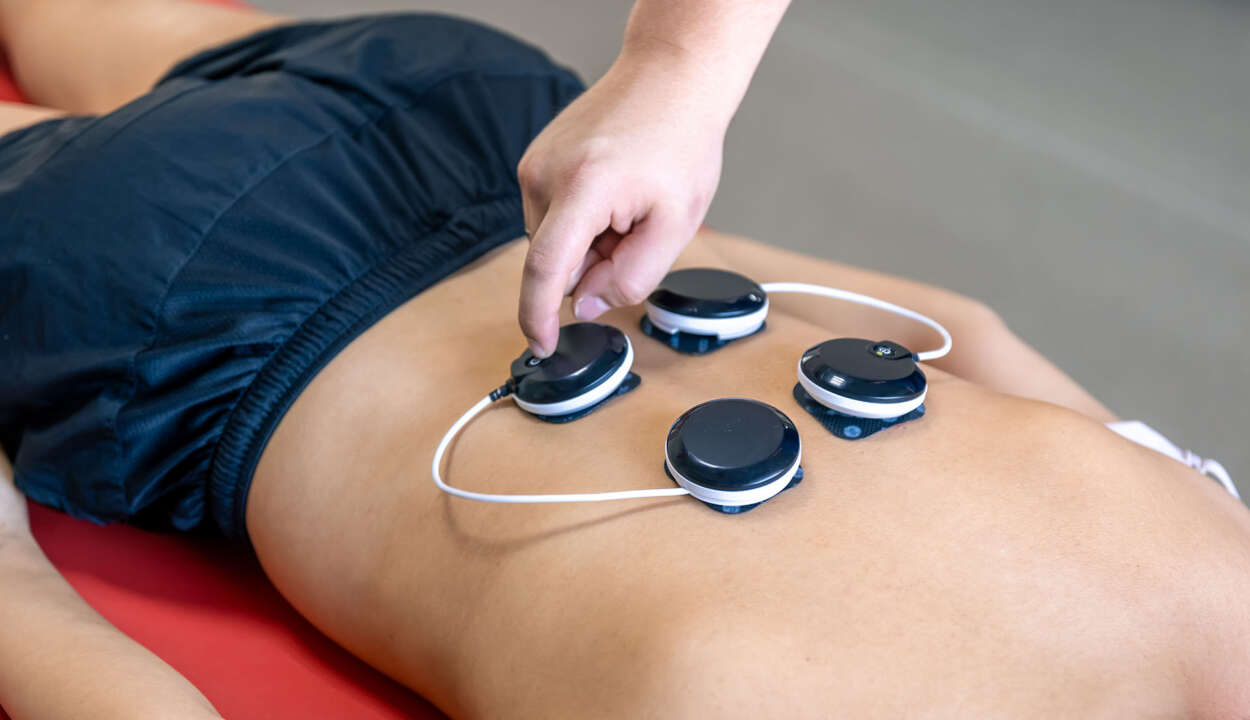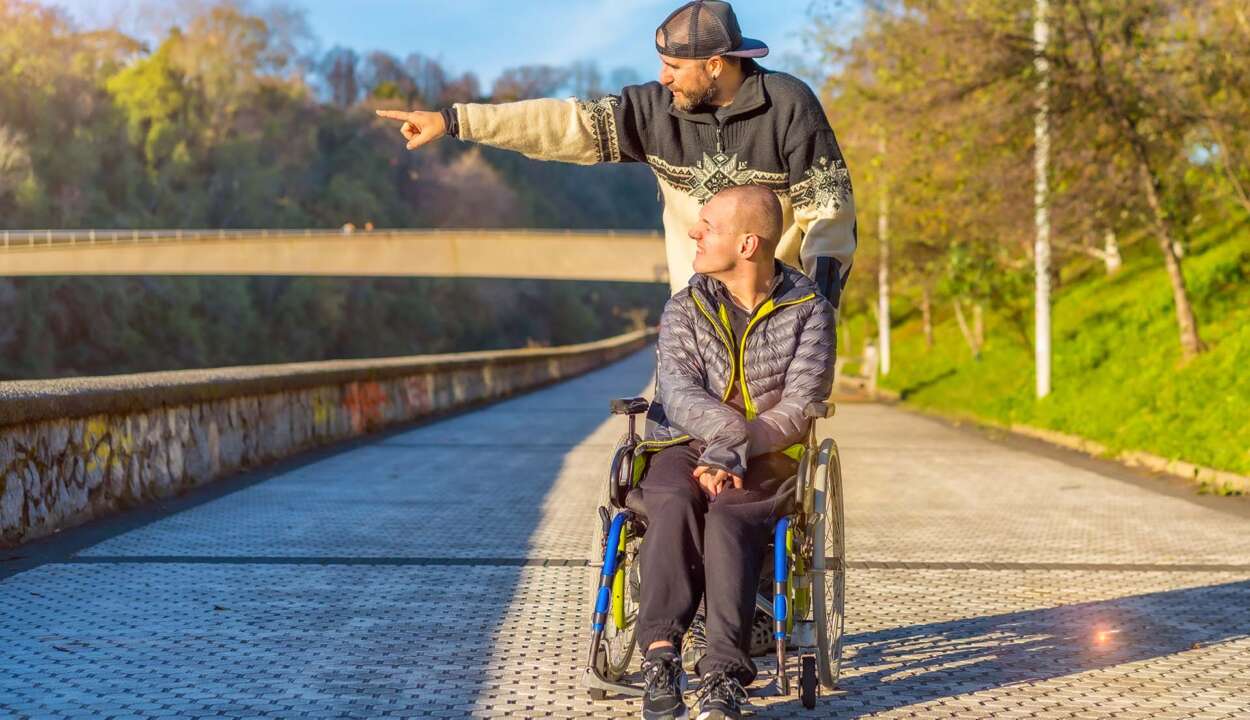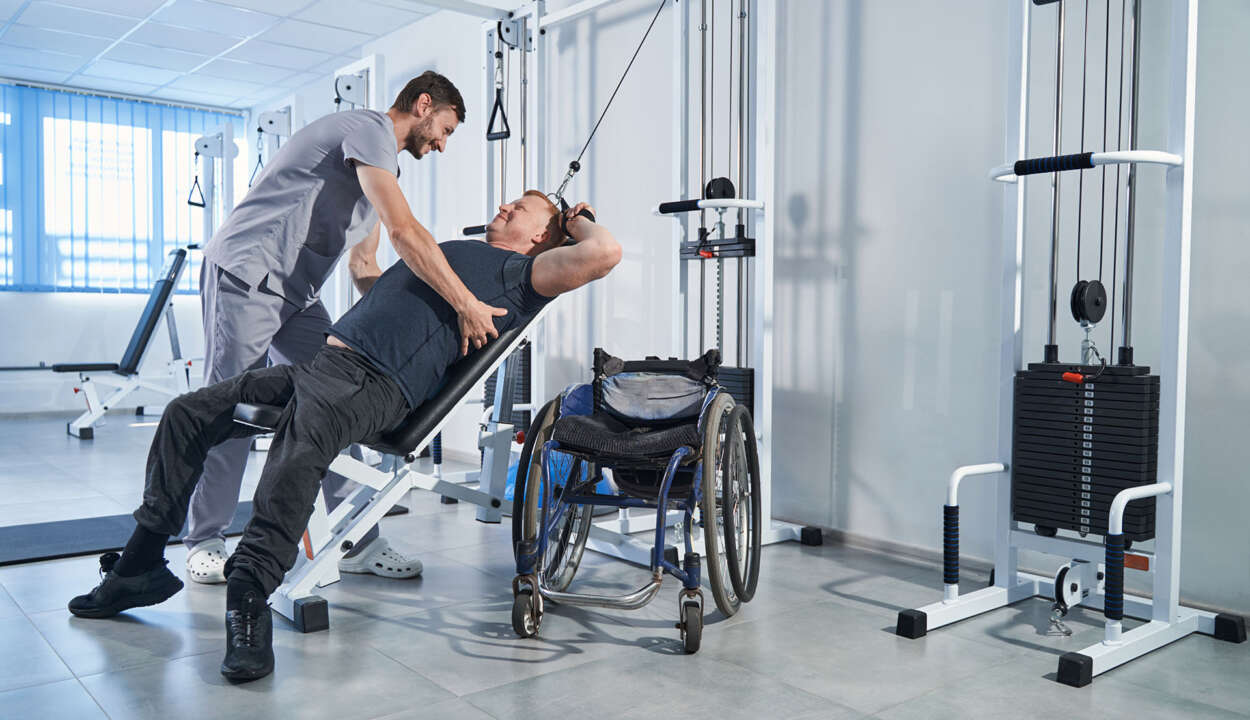A Revolutionary Solution is Now Available!
“If paralysis due to an injury or disease persists even after a period of 12 months has passed, it can be said that it will not return to normal. In other words, until this period passes, some spontaneous recovery may occur, and some or full recovery may be achieved with physical therapy methods. However, after the period ends, the patient’s paralysis becomes permanent, meaning there was no treatment available until now. However, thanks to the “”Method of Electrical Stimulation of the Spinal Cord in Spinal Cord Paralysis Patients,”” it has become possible for these disabled individuals to perform some functional movements. Now, patients with spinal cord paralysis can stand up, take steps, and even climb stairs without the help of another person.
There is no spontaneous recovery in the area of injury that causes spinal cord paralysis, that is, in the area where the spinal cord is damaged. Unfortunately, the recovery capacity seen in some animals is not present in the human spinal cord. That is why, for nearly 100 years, the improvements scientists achieved in experimental animals through various methods unfortunately did not lead to successful results in humans. Until recently, when it became possible to delicately stimulate the healthy spinal cord below the damaged level with an electrical spinal cord stimulator. Now, as an added benefit, patients with spinal cord paralysis can stand up and even take steps without the help of another person. Thanks to the “”Electrical Stimulation Method of the Spinal Cord in Spinal Cord Paralysis Patients,”” which has been applied for two years, a significant improvement can be achieved in the quality of life of these patients. This method is now available in our country as well.
When the spinal cord is injured or damaged due to a disease, it is rare for the spinal cord to be completely severed or entirely ruptured in most patients. In these cases, even a few of the nerve fibers forming the spinal cord remaining intact may suffice for the patient to perform many movements. In other words, what is important is the presence of even a few nerves connecting the upper and lower parts of the damaged spinal cord. The lower part of the spinal cord is actually intact, but for movements to occur, that area must communicate with the brain. Of course, if there is a complete rupture or a total severance—for example, due to a cutting weapon—repair of this area is not possible, neither spontaneously nor with medical intervention. In other words, stitching together the cut ends of the spinal cord is not feasible.
Unfortunately, also stem cell therapy trials in spinal cord-injured patients, which have been conducted for nearly a century, have not yielded any successful results to date. It is not possible to restore the nerve connection with stem cells grown in the damaged area of the spinal cord. The only field where stem cell treatments have proven successful is some hematological diseases. Apart from this, there is no disease where stem cell therapy has been shown to work, as a method to turn stem cells into the desired cell types in humans has not yet been developed.
In patients who are paralyzed due to spinal cord damage and confined to a wheelchair, the process of eliciting functional movements through electrical stimulation given to the spinal cord does not treat the damaged area of the spinal cord. What is done is simply trying to ensure the emergence of functional movements by stimulating the walking cells located in the lower part of the damaged area, which is disconnected from the upper part of the spinal cord. During the “”Electrical Stimulation Method of the Spinal Cord in Spinal Cord Paralysis Patients,”” our sole purpose is to delicately and personally stimulate these walking cell groups with a spinal cord stimulator placed under the skin, which can be both charged and controlled externally. After all, wasn’t the centuries-old dream of medicine to enable a patient with spinal cord paralysis to stand up and take steps without the help of another person? What more could one ask for?
Perhaps the greatest achievement in surgical science in the 21st century has been enabling spinal cord-paralyzed patients to stand up and take steps without the assistance of another person. Since all experimental studies to date failed to repair spinal cord damage, it was time for a paradigm shift. Indeed, when the focus shifted to obtaining functional movements by delicately and personally stimulating the intact spinal cord below the damaged area, success came closer. We are confident that the “”Electrical Stimulation Method of the Spinal Cord in Spinal Cord Paralysis Patients”” will be applied to many spinal cord-paralyzed patients in the coming years. Thus, the hope of many more spinal cord-paralyzed patients to stand up and take steps again without assistance will be reignited.”


